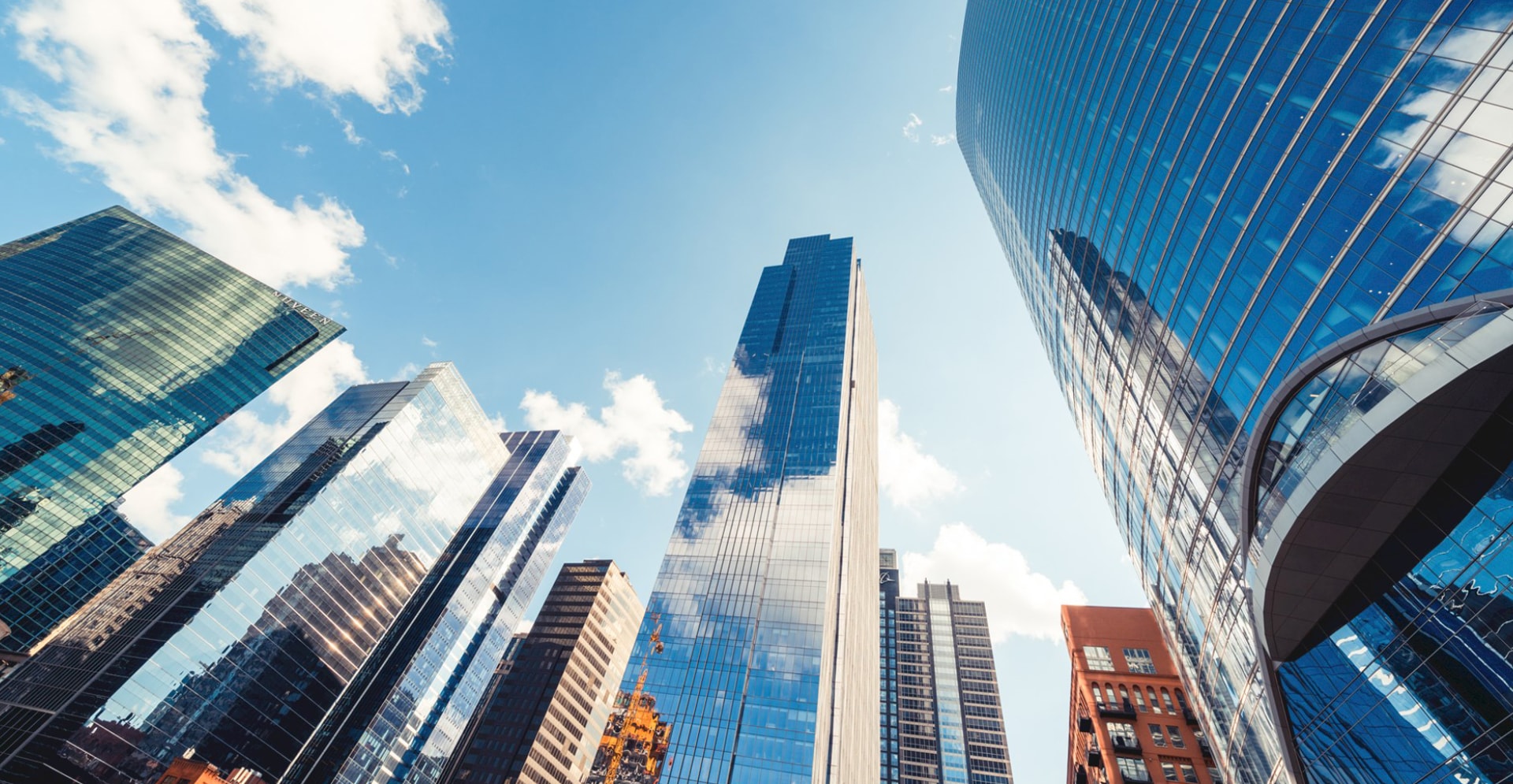Central business districts (CBDs) represent millions of square metres of prime-value city assets. They are also on the frontline of a changing outlook on the office of the future. While uncertainly continues to cloud our view of the future, it would be a brave person to predict the design and function of the post-pandemic office. However, the smart approach to recovery for investors and owners will be led by those who have developed a series of informed options for the shape of things to come. From La Defense in Paris to Lujiazui in Shanghai, CBDs are poised to become crucibles for change.
One of the consequences of the Covid-19 pandemic has been to accelerate change that was already in progress. Examples include the switch from cash to card payments, the growing desire for cleaner air in cities, and the rise of office employees working from home. On this last point, the enforced lockdown experiment, may well have compressed five years of workplace evolution into just a couple of months. We know that many employees have been happy to have a break from commuting and spend more time with their families, and that many corporate employers are keen to support that change. Nevertheless, younger generations of office workers with smaller homes long for the return to office and a more diverse social experience. So where next for the office of the future?
The CBD in every city presents a significant opportunity for positive change in accommodating the new work culture. This is where the pioneers will scoop up their first-mover advantage. To secure that advantage and come out of the crisis ahead of competitors requires investment in planning and modelling now.
Race against time
The timeframe for action is short. Industry sentiment in many countries indicates that the months at the end of this year will be a critical moment for decision making.
October and November could see a perfect storm. Knowledge about the pandemic will have advanced, so too will progress towards improved treatment and a vaccine.
There will be a scalable return to the office, school and shopping and a socially open society. By this time, the goodwill of bankers and investors financing under-performing real-estate debt will be running out, while office tenants will make decisions about reducing their space needs. All scenarios will increase the need for ready-to-go solutions for how best to reinvent and future proof the CBD.
A vision for the CBD
First - change is inevitable. It was inevitable even before the pandemic, but what might have been a slow adjustment in office use has turned into a fast-track imperative. The good news is that the CBD has the inherent strengths of desirable location and transport connectivity. These will remain an attraction. The exploitation of real estate within CBDs will change. Models and scenarios under consideration include the incorporation of more mixed-use space. Some tall buildings will adapt readily into retail at street level, with offices and residential above. Others more difficult to retrofit, may become new business-sector hubs – for example, firms of lawyers occupying one building could share conference suites, meeting rooms, catering facilities and so on. In all cases, excellent health and safety measures will need to be in place, and office space will need to flexible, community-friendly and geared towards collaboration. Offices can no longer rely on their good looks to attract and keep tenants. They will need to demonstrate more of their souls; wellness, cleanliness, community, sustainability and adaptability will all be the new key metrics as well as office-occupier performance.
Five steps to prepare for change
Real-estate investment has always involved risk and speculation about the future, and it’s no different today in recovery from the pandemic. The choices are clear – return to business as usual or embrace and if necessary, be prepared to invest in asset change. Now is the time to ask your technical advisers to look beyond the facades and check the soul of your asset. Independent workspace research is essential to better understand how your tenants will respond. Environment, social and governance (ESG) asset metrics will need to be in harmony with the occupier ESG directives and ambitions. This is about ensuring the CBD asset remains relevant to maximize appeal to users’ new needs so that your capex funders and project managers can be mobilised quickly to make change.






